Window
Specifications
| Visible Light Transmission | Amount of daylight that passes through the glass |
| Visible Light Rejection | Total percentage of visible light reflected |
| UV Rejection: | Percentage of ultraviolet energy deflected by the film. This causes upholstery and furniture to fade, it can also cause skin damage |
| IR Rejection: | Infrared Rejection is the percentage of heat the film can reject |
| Solar Heat Gain Coefficient: | The amount of solar radiation passing through a window. Expressed as a fraction between 0 and 1, the lower the fraction, the less solar heat it transmits and allows through your windows. |
| Total Solar Energy Rejection: | A factor that describes the total amount of solar energy (UV + visible + IR) that is rejected from passing through glass. |
| U Value: | Effectiveness of the film as a insulator, the lower the number, the less heat is lost. |
Excel 20
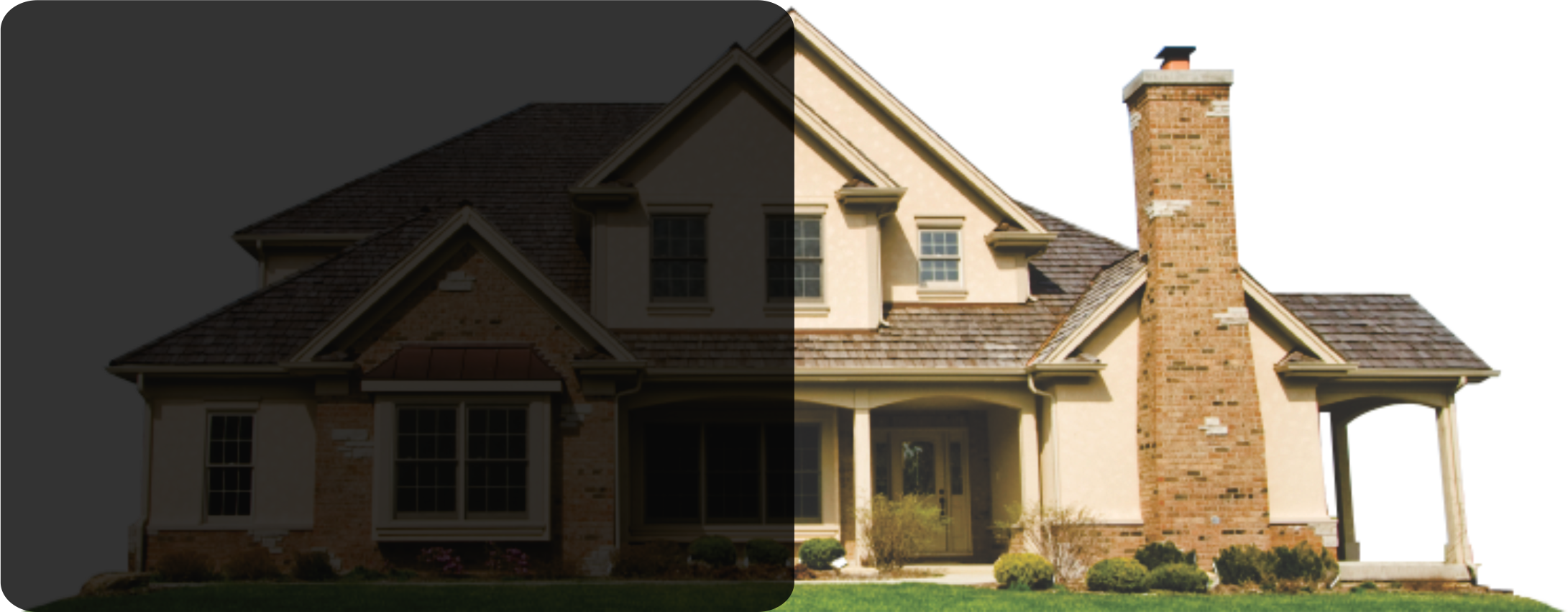
A single laminate, charcoal colored dyed film.
Excel 35
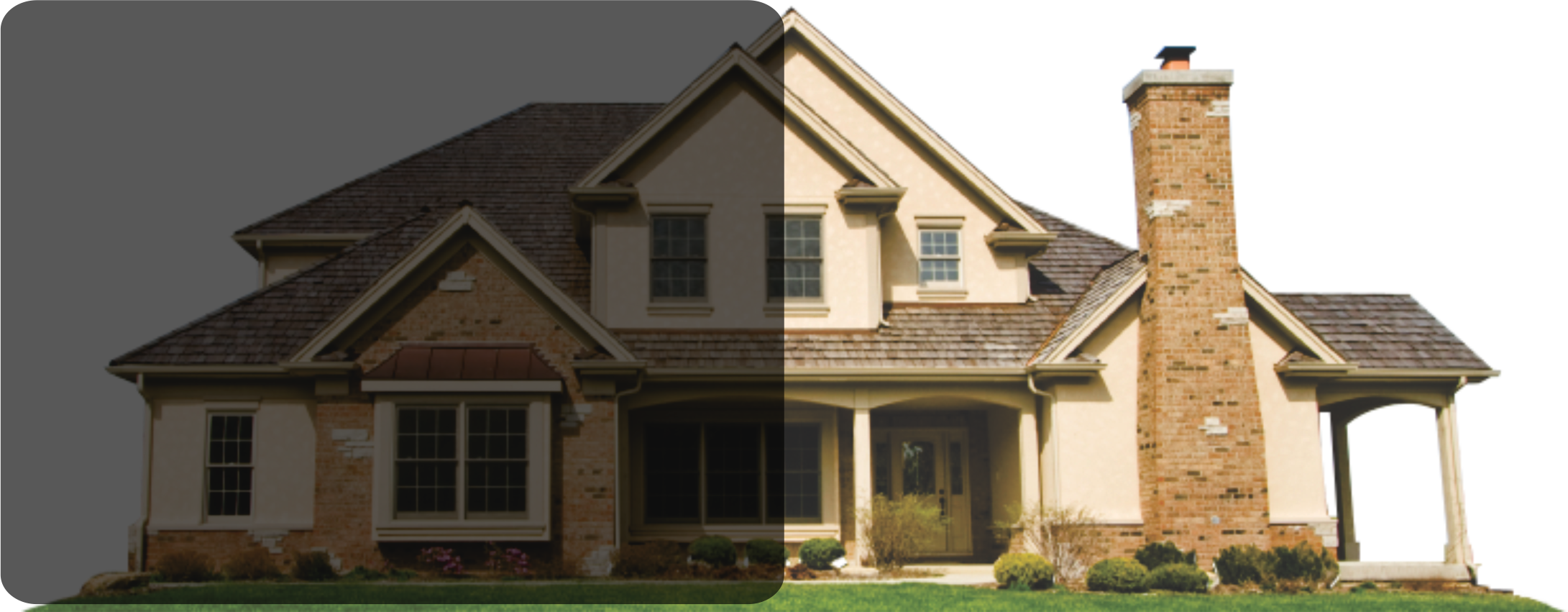
A single laminate, medium light charcoal colored dyed film.
Excel 50
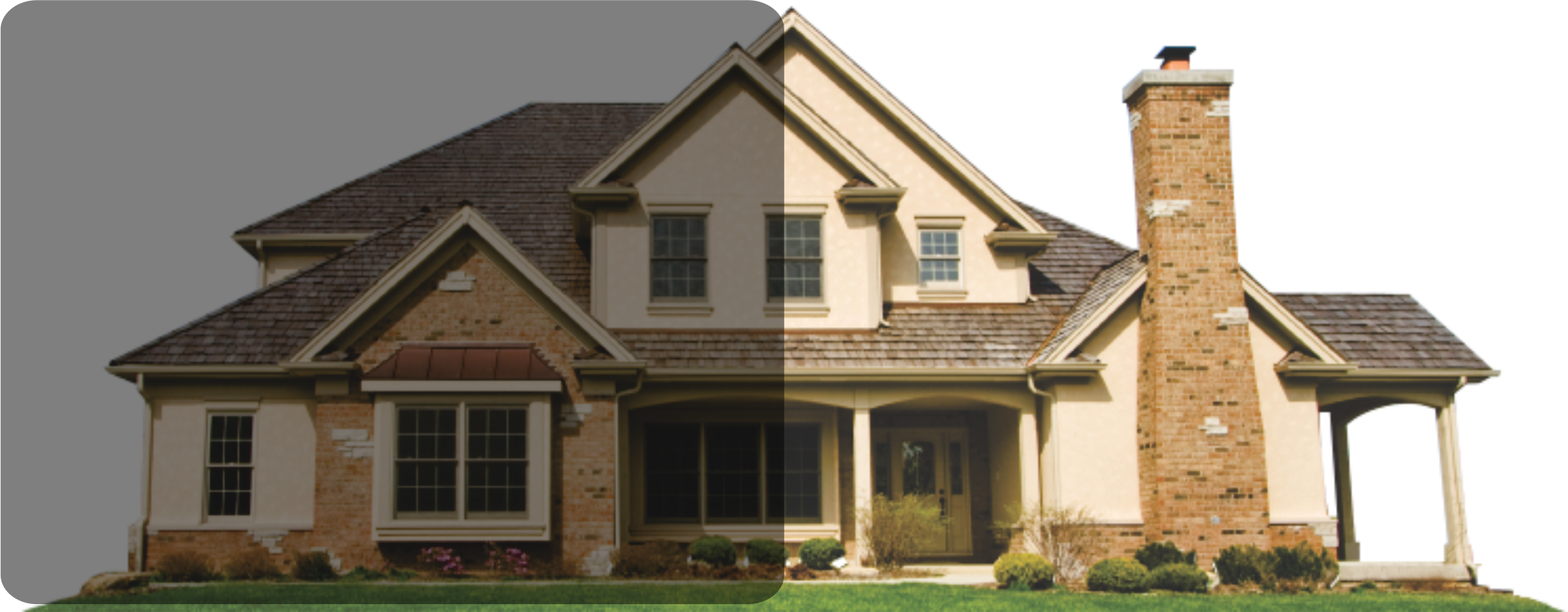
A single laminate, light in color, ideal for a slight tint effect.
Silver 20R
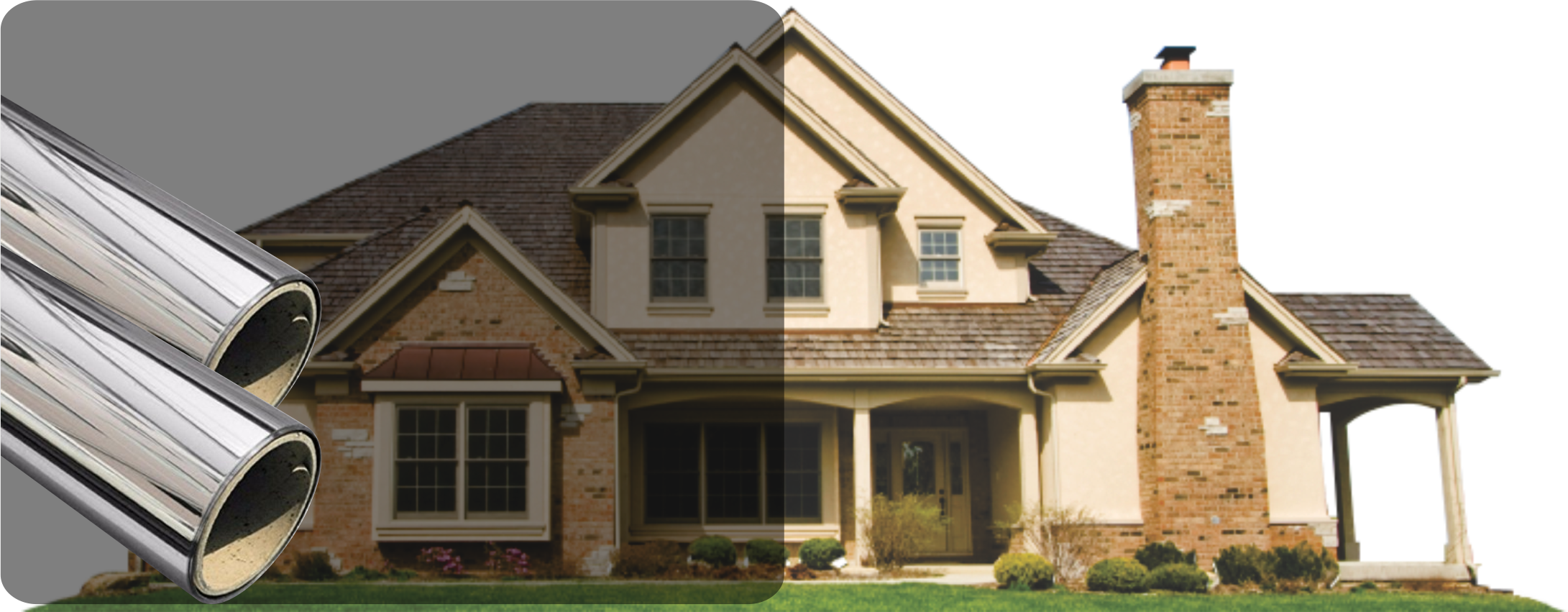
Reflective, one way silver mirror film, with excellent heat and glare rejection.
Grey 15R
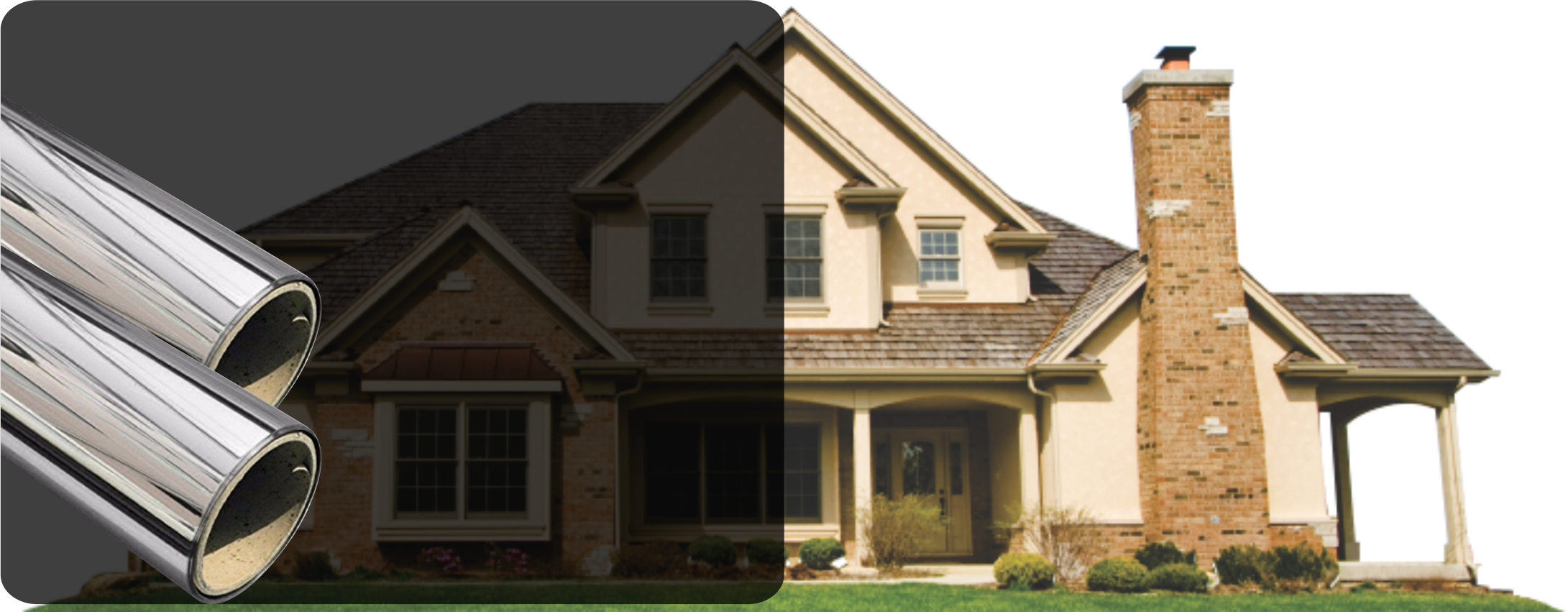
Reflective, one way black / grey Mirror film, very effective with heat and glare rejection
Bronze 15R
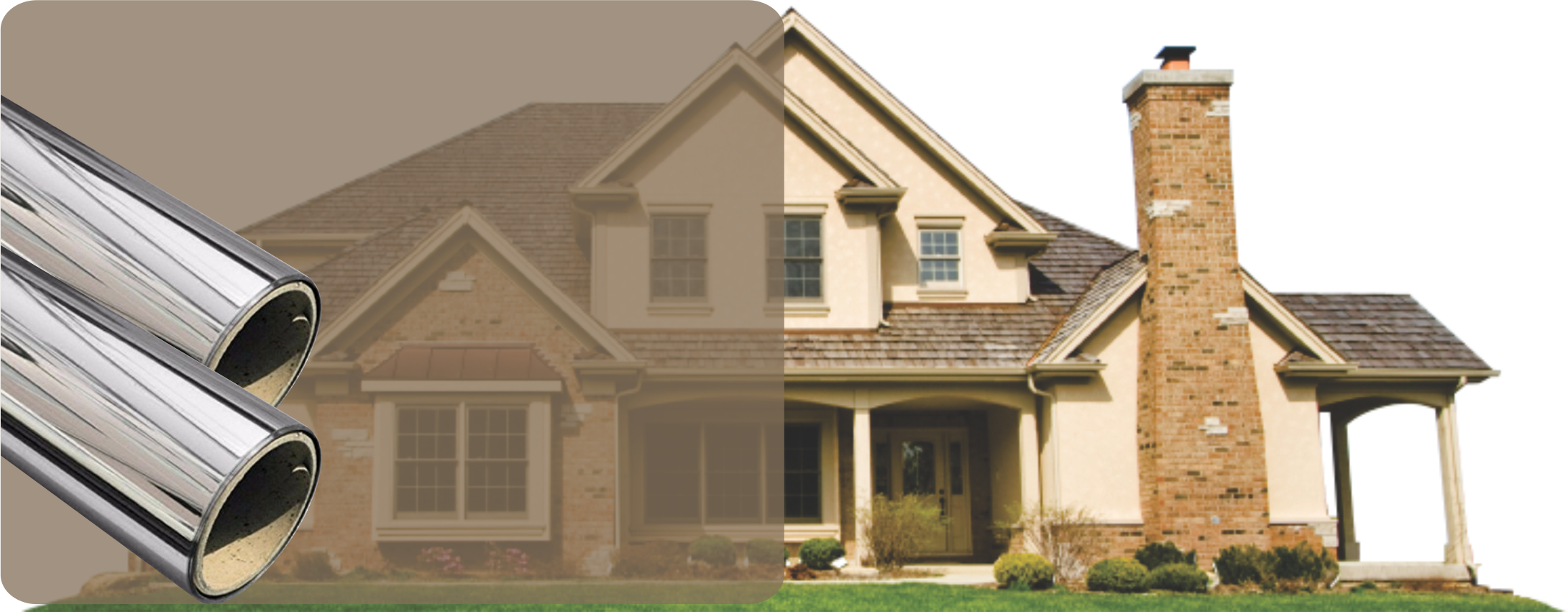
Reflective, one way dark brown mirror film, with effective heat and glare rejection.
Blue 15R

Reflective, one way blue mirror film, with excellent heat and glare rejection. Giving a cool feel.
Gold 15R
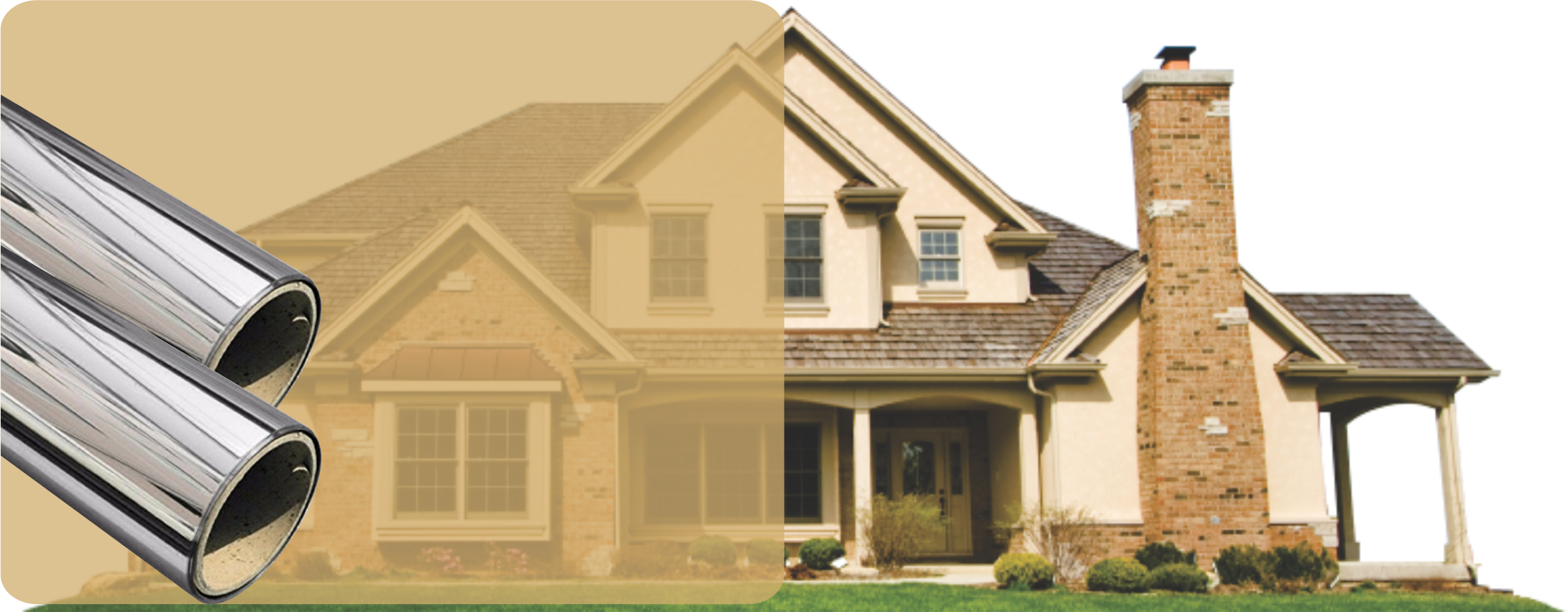
Reflective, one way gold like mirror film, with excellent heat and glare rejection.
Neutral 35R
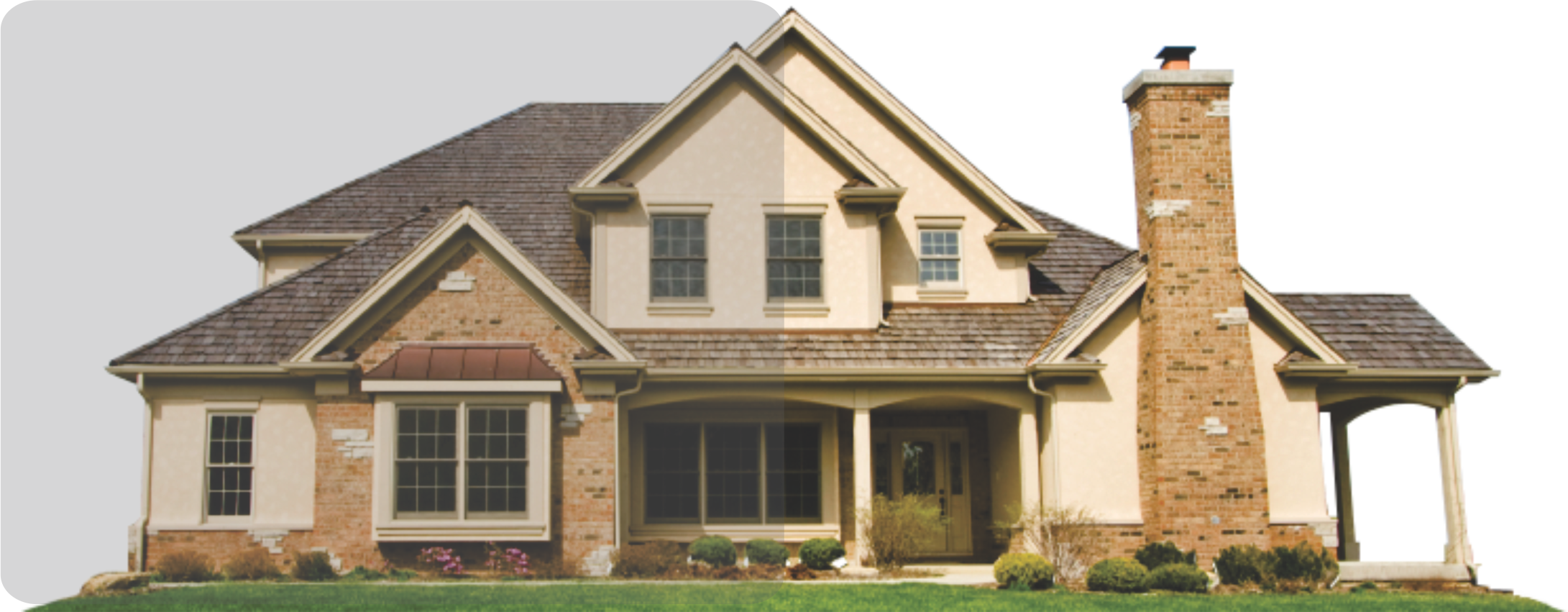
Neutral high performance film, ideal for areas where fade and heat protection is required.
Neutral 50R
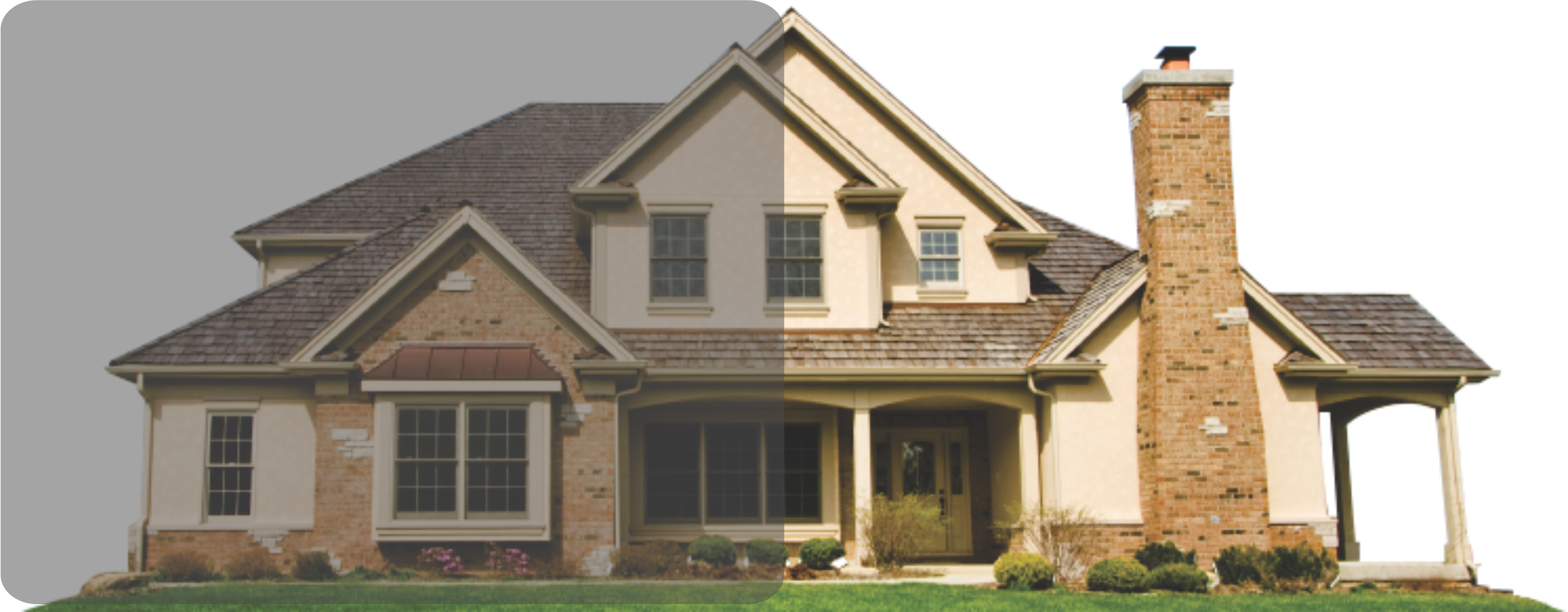
Neutral high performance film, ideal for areas where fade and heat protection is required.
Grey 35NR
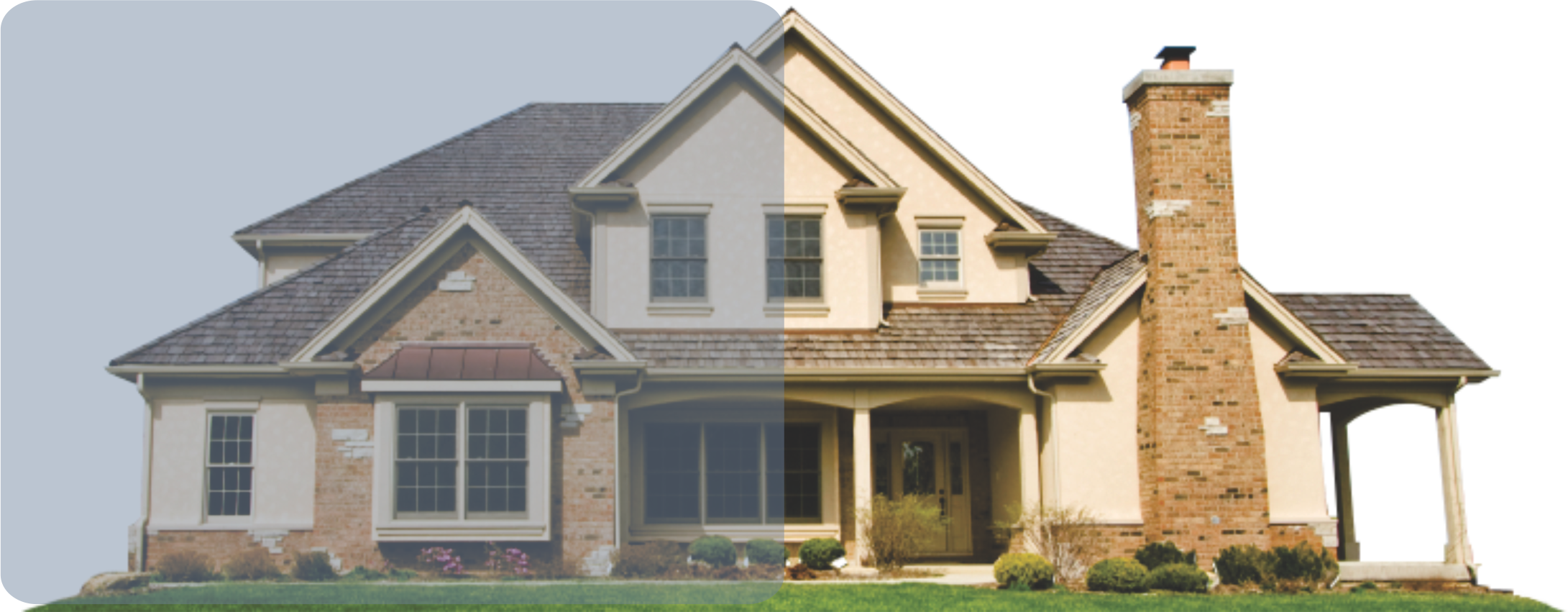
Blue / grey in color window tint. Can be seen into from 10m and more difficult from further
Bronze 20NR

Brown / Bronze in color tint, assisting in heat and glare control of an area.
Bronze 35NR
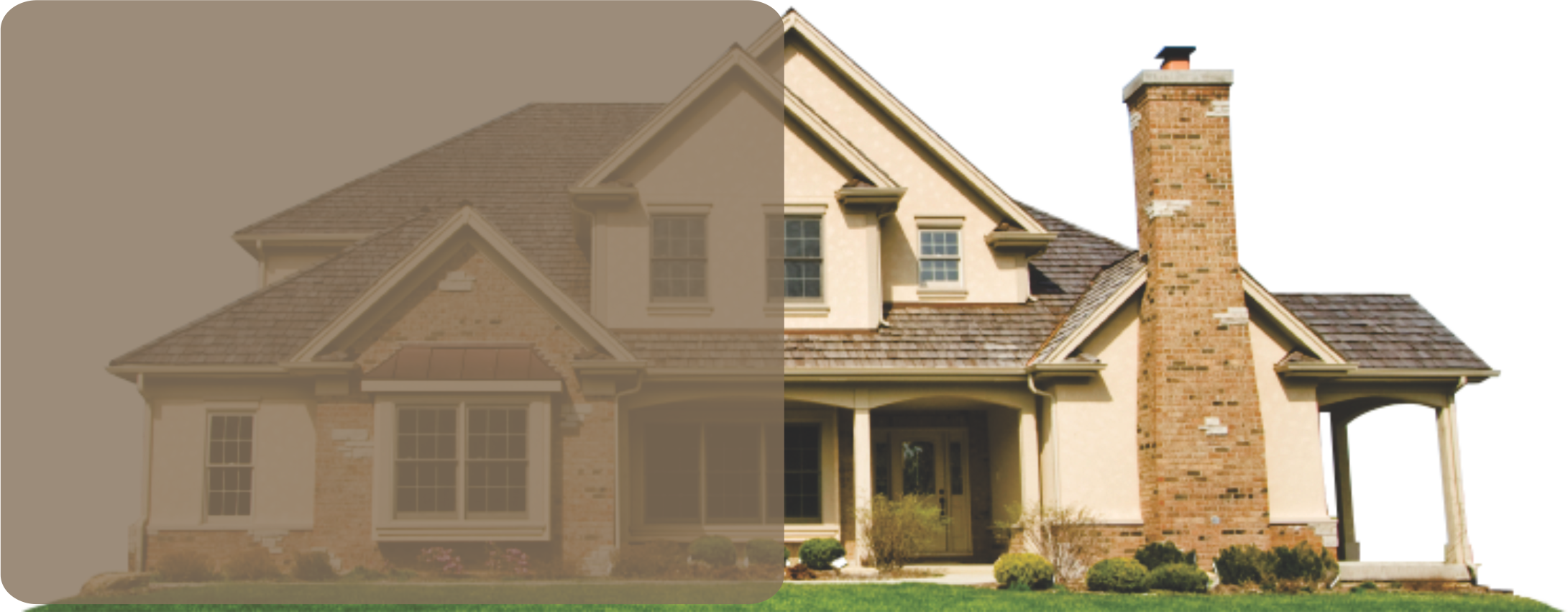
Dark brown in color window tint, assisting in heat and glare control of an area.
White Matt
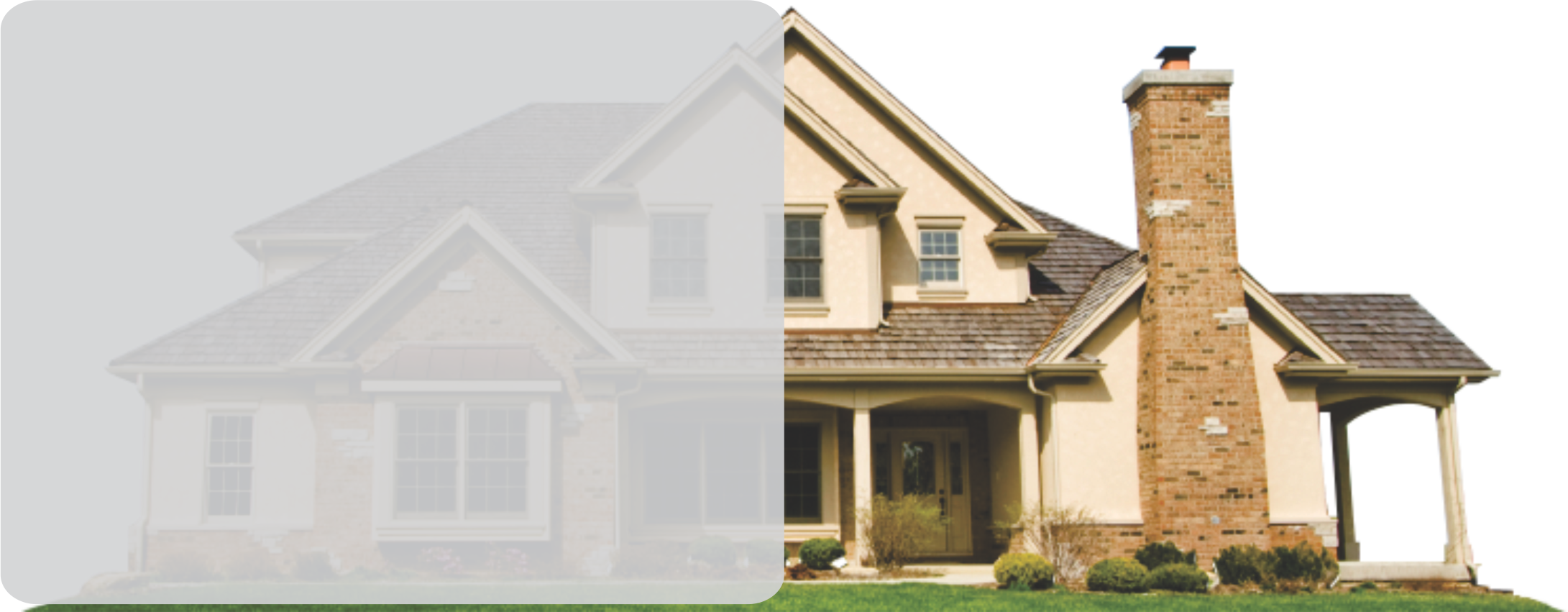
Sandblast effect, which allows light in and shadows can be seen of objects close to glass.
Bronze Matt
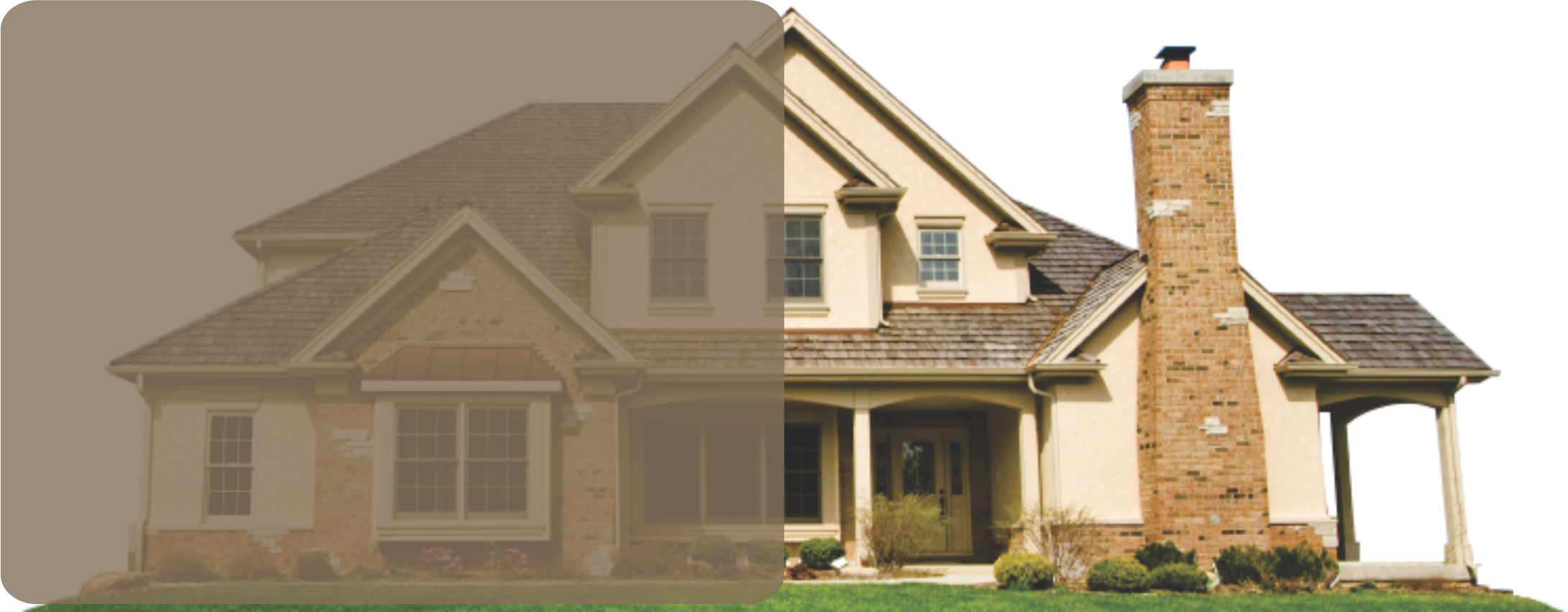
Bronze sandblast effect, which allows light in and shadows can be seen of objects close to glass.
Silver Matt

Silver sandblast effect, which allows light in and shadows can be seen of objects close to glass.
Ice Cool 70

A very light film, ideal to reduce fading and heat control in offices and homes
Blackout
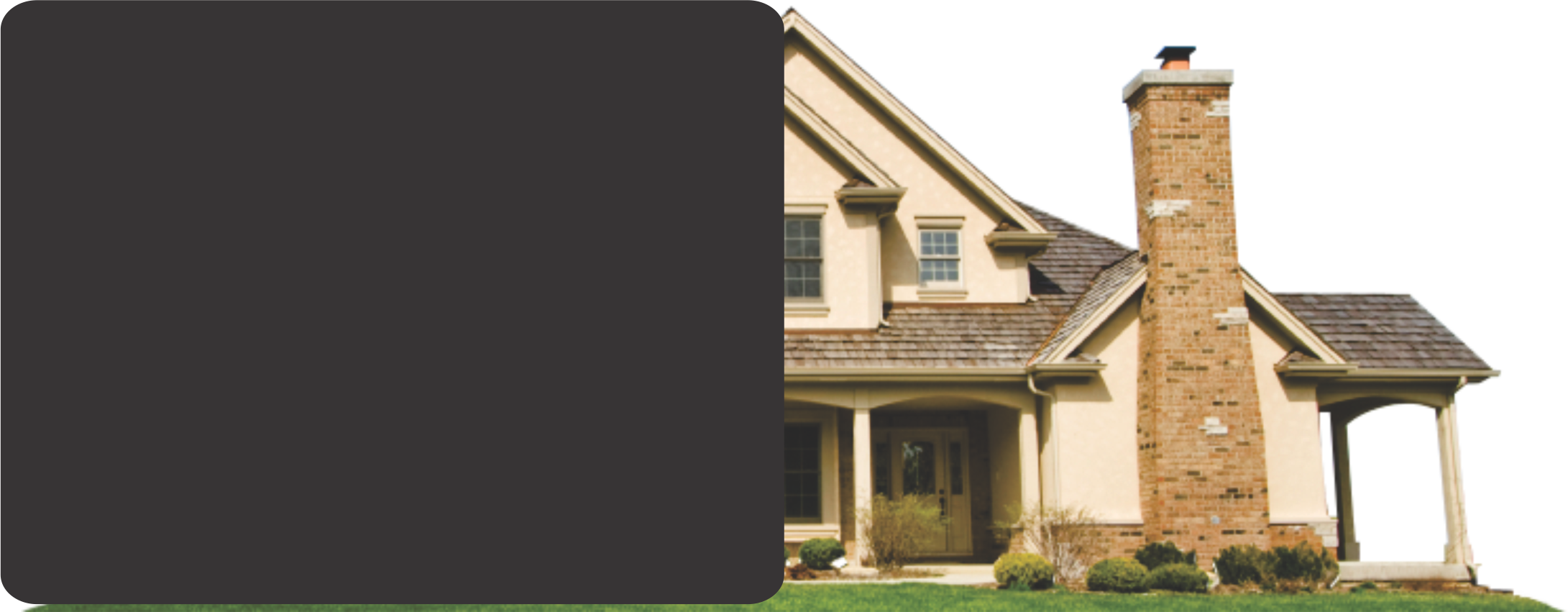
To totally blackout a certain area. Once Applied, one can't see through.
Red 15
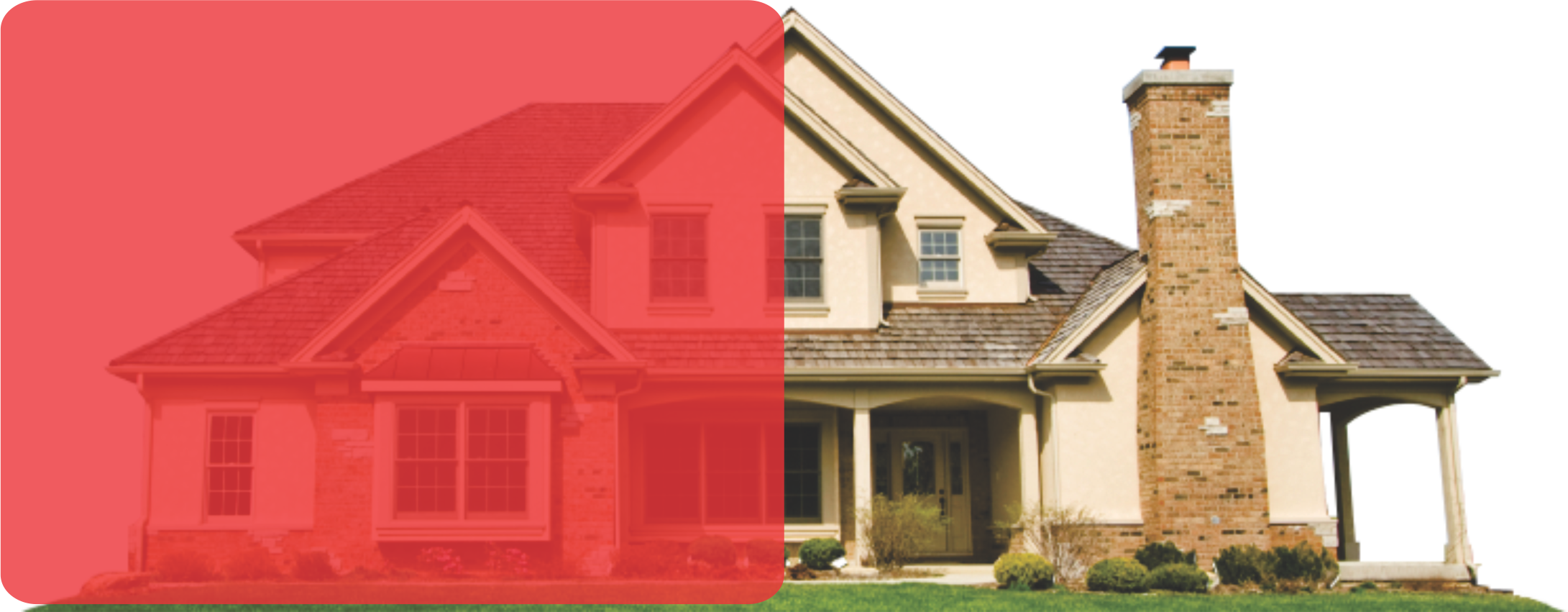
Red tint film, commonly used for decor purposes or as a layed tint to add some color to an area.
Yellow 80
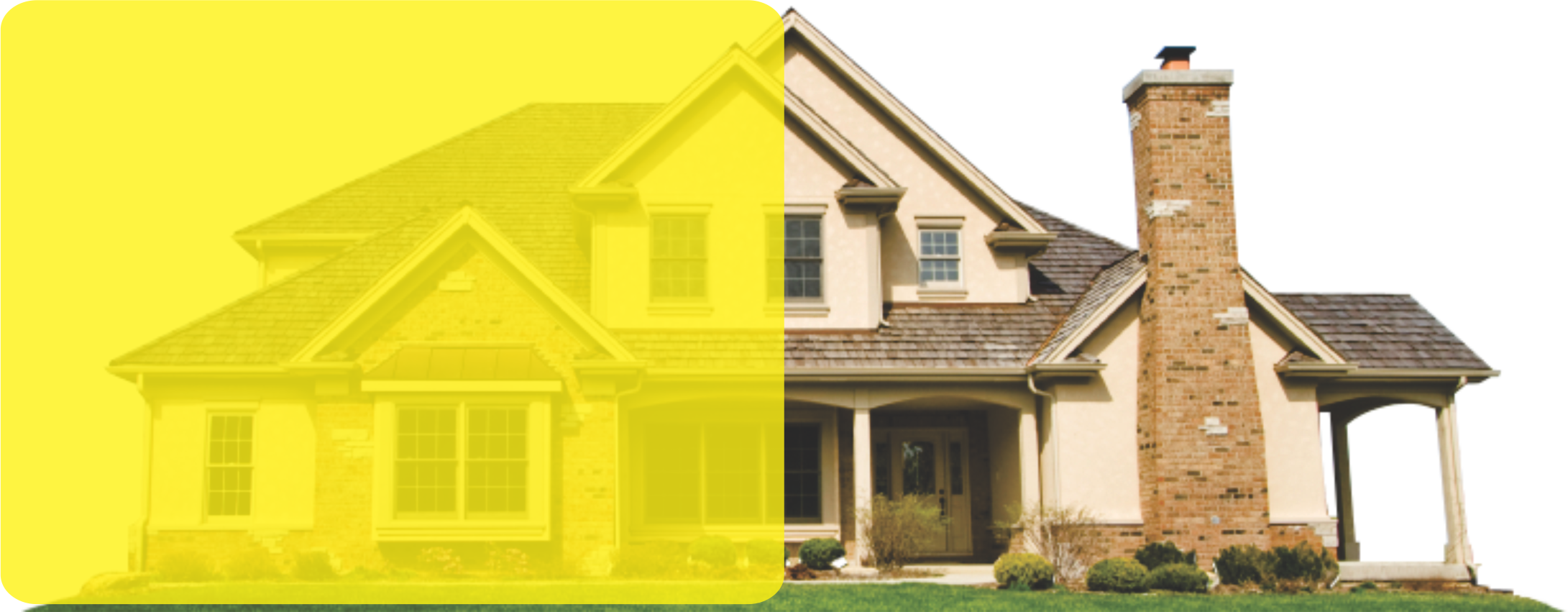
Yellow tint film, commonly used for decor purposes or as a layed tint to add some color to an area.
Cobalt 148 20

A dark black finish safety film, commonly used for a little more protection.
Cobalt 148 35

A medium charcoal in color safety film, commonly used for a little more protection.
Cobalt 148 50
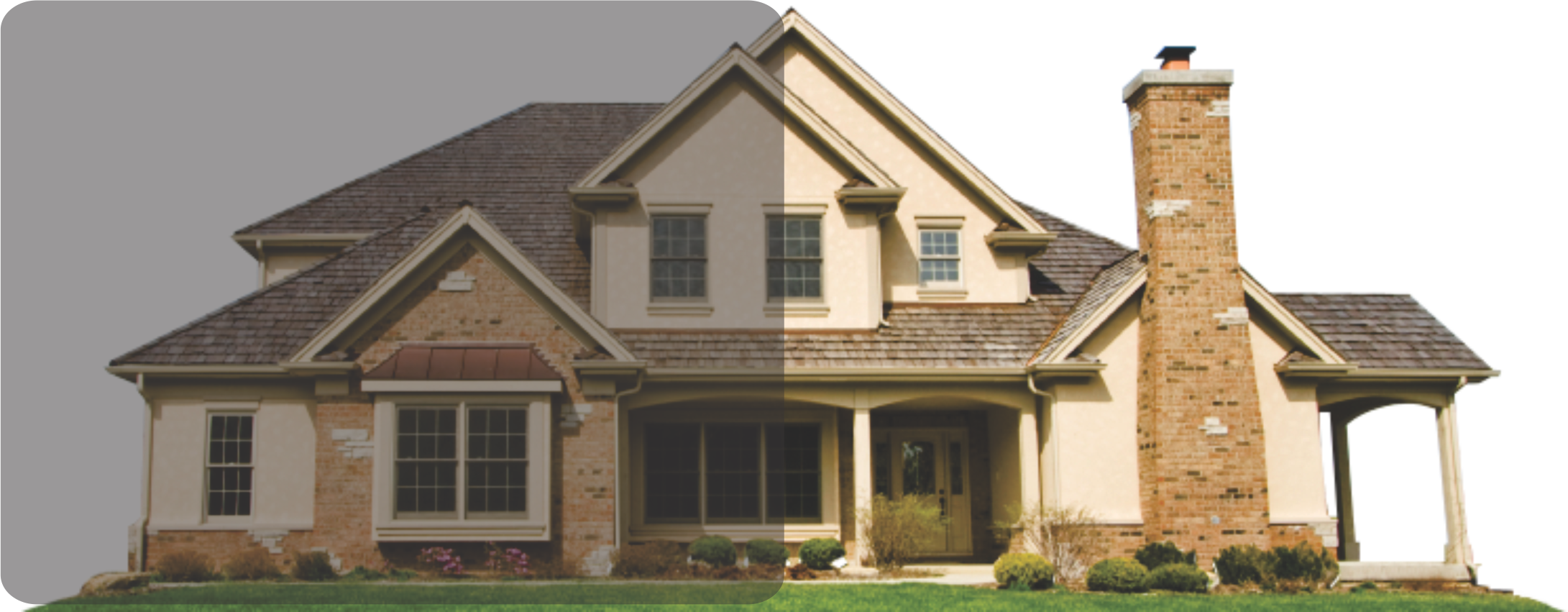
A light charcoal in color safety film, commonly used for a little more protection.
Safety 50

A clear safety film tested in bomb blast conditions and in human impact scenarios.
Safety 100

A clear safety film tested in bomb blast conditions and in human impact scenarios.
Safety 200

A clear safety film tested in bomb blast conditions and in human impact scenarios.
Safety 300

A clear safety film tested in bomb blast conditions and in human impact scenarios.


